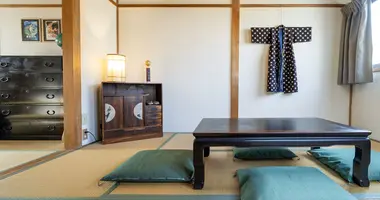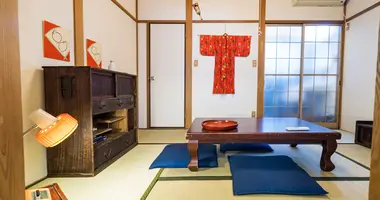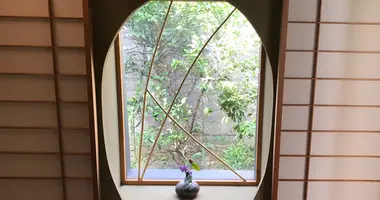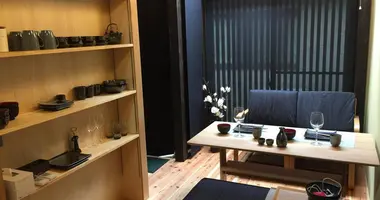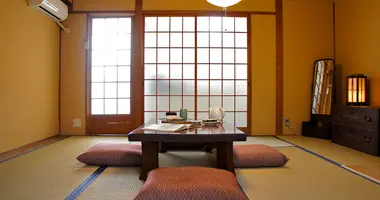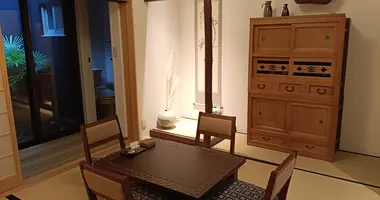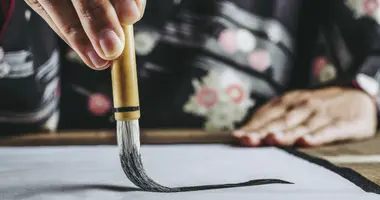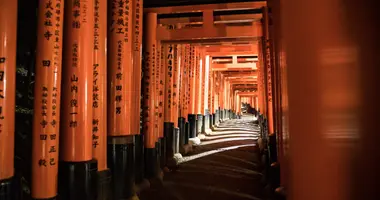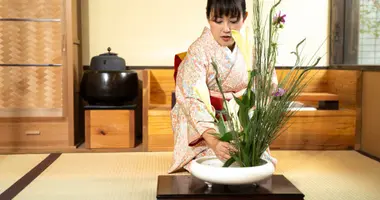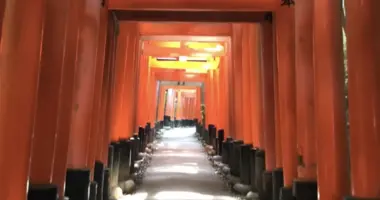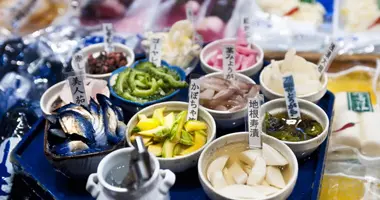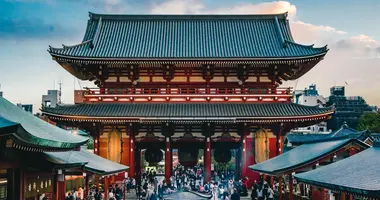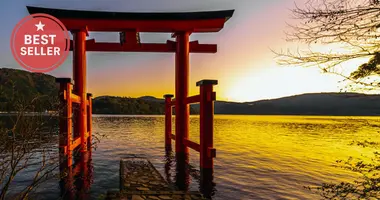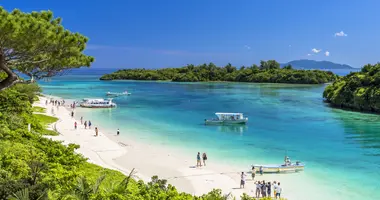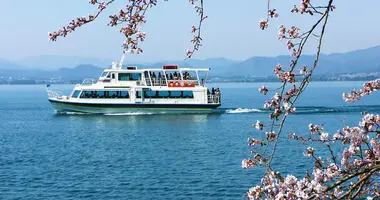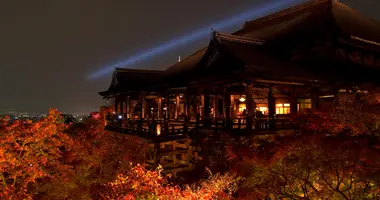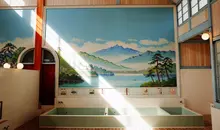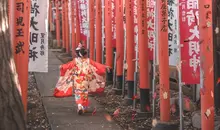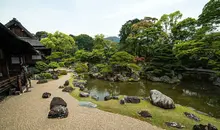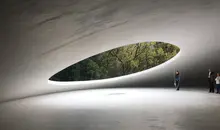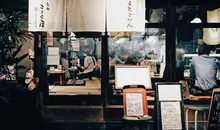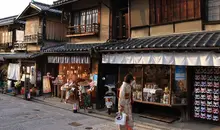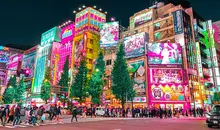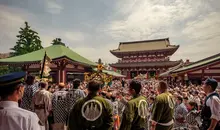Exploring the turbulent history and modern reconstruction of Fushimi Momoyama Castle in Kyoto
- Published on : 12/03/2024
- by : Japan Experience
- Youtube
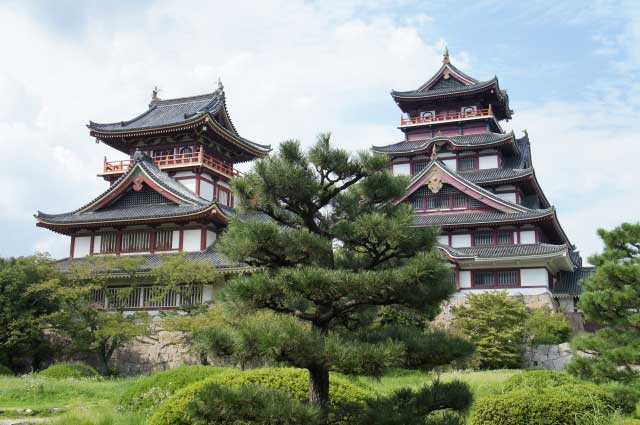
Nestled in the southern reaches of Kyoto, Fushimi Momoyama Castle, also known as Fushimi Castle, stands as a testament to Japan's tumultuous past. Originally built in the late 16th century for warlord Toyotomi Hideyoshi as a retirement palace, the castle has a dramatic history marked by destruction from an earthquake, rebuilding, and later serving as the site of a famous siege and mass suicide. Today, a replica castle constructed near the original site in 1964 serves as a monument to the castle's storied history.
The original construction of Fushimi Castle for Hideyoshi's retirement
Fushimi Castle was initially constructed from 1592 to 1594 by Toyotomi Hideyoshi, one of Japan's great unifiers, as his planned retirement residence. The castle was an impressive feat of construction, with an estimated 20,000 to 30,000 workers from 20 provinces involved in the building process. Though bearing the martial appearance of a castle externally, the opulent interior reflected its intended function as a luxurious palace for Hideyoshi's golden years.
Lavish decorations and the iconic Golden Tea Room
Fushimi Castle was renowned for its extravagant decor, most notably the famous Golden Tea Room, where both the walls and tea ceremony implements were covered in gold leaf. This ostentatious display was a reflection of Hideyoshi's power and wealth, and the castle was meant to serve as an impressive venue for hosting guests, including a planned diplomatic meeting with envoys from Ming Dynasty China to negotiate an end to the Seven-Year War in Korea.
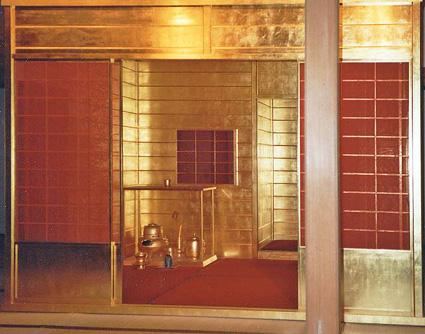
Gold leaf tea room (chashitsu) at Fushimi-Momoyama Castle in Kyoto
Destruction by the Keichō-Fushimi earthquake just two years after completion
Tragically, only two years after its completion, Fushimi Castle was destroyed in 1596 by the devastating Keichō-Fushimi earthquake. The castle, which had taken years to construct and furnish, was reduced to ruins. However, due to its significance, the castle was soon rebuilt, rising again from the rubble.
Rebuilding and the castle's role in the prelude to the Battle of Sekigahara
After its reconstruction in the late 1590s, Fushimi Castle came under the control of Torii Mototada, a loyal vassal of Tokugawa Ieyasu. In 1600, as tensions rose between Tokugawa and his rival Ishida Mitsunari, Ieyasu departed the castle to gather his forces, leaving Mototada to defend Fushimi. This fateful decision would set the stage for one of the most dramatic episodes in the castle's history.
The famous siege of Fushimi Castle by Ishida Mitsunari's forces
In the summer of 1600, Ishida Mitsunari, leading a force of 40,000 men, laid siege to Fushimi Castle. Despite being vastly outnumbered, with a garrison of only around 2,000 soldiers, Torii Mototada and his men bravely held out for 11 days. The siege was fierce, with the defenders fighting valiantly against overwhelming odds.
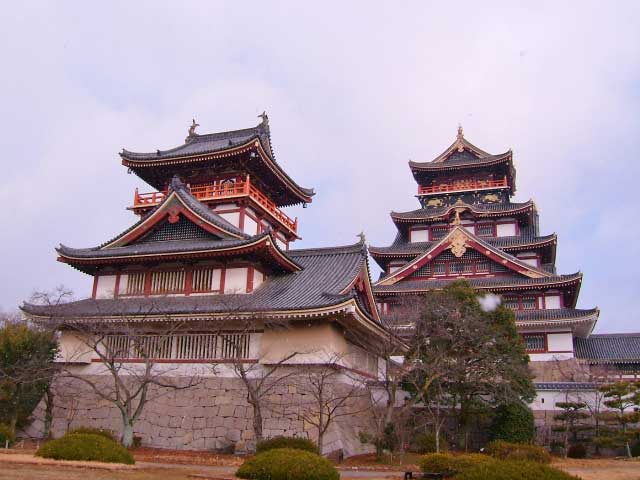
Fushimi-Momoyama Castle, Fushimi district, south east Kyoto
The mass seppuku of the castle's defenders and the blood-stained legacy in Kyoto temples
As Mitsunari's forces finally breached the castle's defenses, the remaining samurai, knowing they faced certain defeat, committed mass seppuku (ritual suicide). The blood from this tragic act is said to have soaked the wooden floorboards, leaving an indelible mark. These blood-stained boards were later incorporated into the ceilings of five temples in Kyoto Prefecture, including Nishi Honganji Temple, as a grim reminder of the warriors' ultimate sacrifice.
Dismantling of the castle and the building of Emperor Meiji's tomb on the original site
Following the siege, Fushimi Castle was dismantled in 1623 under orders from the Tokugawa shogunate. Many of its architectural elements were dispersed to various castles and temples throughout Japan. The original site of the castle was later used for the construction of Emperor Meiji's mausoleum in 1912, further adding to the historical significance of the location.
The 1964 reconstruction of Fushimi Castle and its current status as a historic site
In 1964, a replica of Fushimi Castle was constructed near the original site, primarily using concrete. The reconstructed castle served as a museum dedicated to the life and campaigns of Toyotomi Hideyoshi and was the centerpiece of a small theme park. However, in 2003, the castle's interior was closed to the public. Despite this, the castle grounds were reopened in 2007 and remain accessible, allowing visitors to explore the site and imagine its dramatic past. Though not an exact replica of the original, the reconstructed Fushimi Momoyama Castle stands as a tangible link to a pivotal era in Japanese history, inviting reflection on the turbulent times and larger-than-life figures that shaped the nation's destiny.
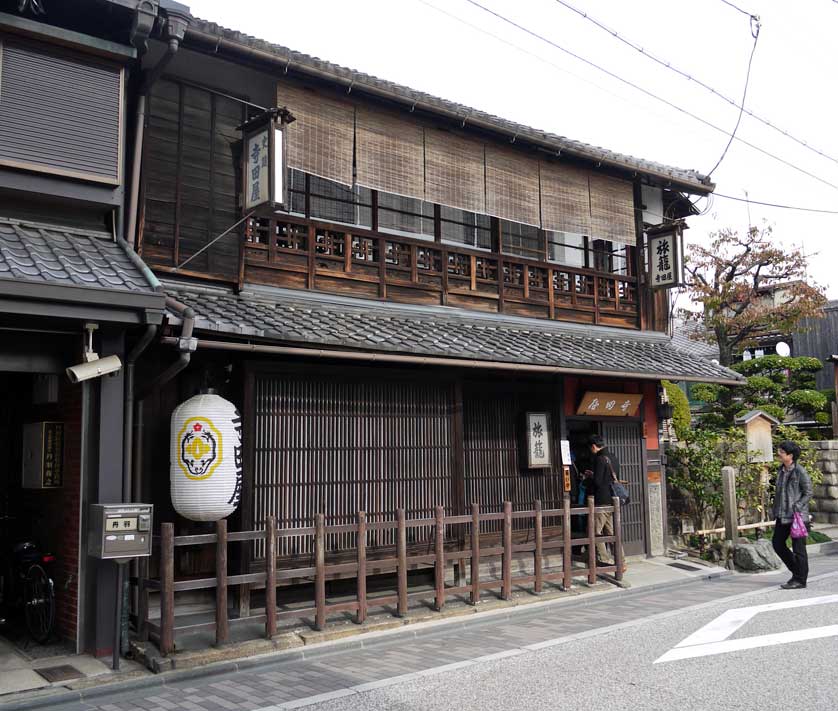
The historic Teradaya inn in Fushimi, south Kyoto
Fushimi Momoyama Castle, with its tales of grandeur, destruction, and valor, remains a compelling destination for history enthusiasts and those seeking to understand the complex tapestry of Japan's past. Its story, etched in blood and gold, continues to captivate the imagination, offering a glimpse into an age of warlords, samurai, and the relentless pursuit of power and honor. As visitors walk the castle grounds and gaze upon its reconstructed form, they are transported back to a time when the fate of a nation hung in the balance, and the actions of a few determined individuals could echo through the centuries.
To fully appreciate the castle's significance, it is essential to explore other notable Japanese castles and delve into the rich history of the Azuchi-Momoyama era. By understanding the context in which Fushimi Castle was built, besieged, and ultimately destroyed, one gains a deeper appreciation for the complex forces that shaped Japan's past and continue to influence its present.
For those interested in learning more about this fascinating period and the key figures involved, Japan Books Reviews offers a wealth of resources to further your knowledge. Whether you're planning a visit to Kyoto to see Fushimi Momoyama Castle in person or simply eager to explore Japan's captivating history from afar, the story of this iconic castle is sure to leave a lasting impression.
